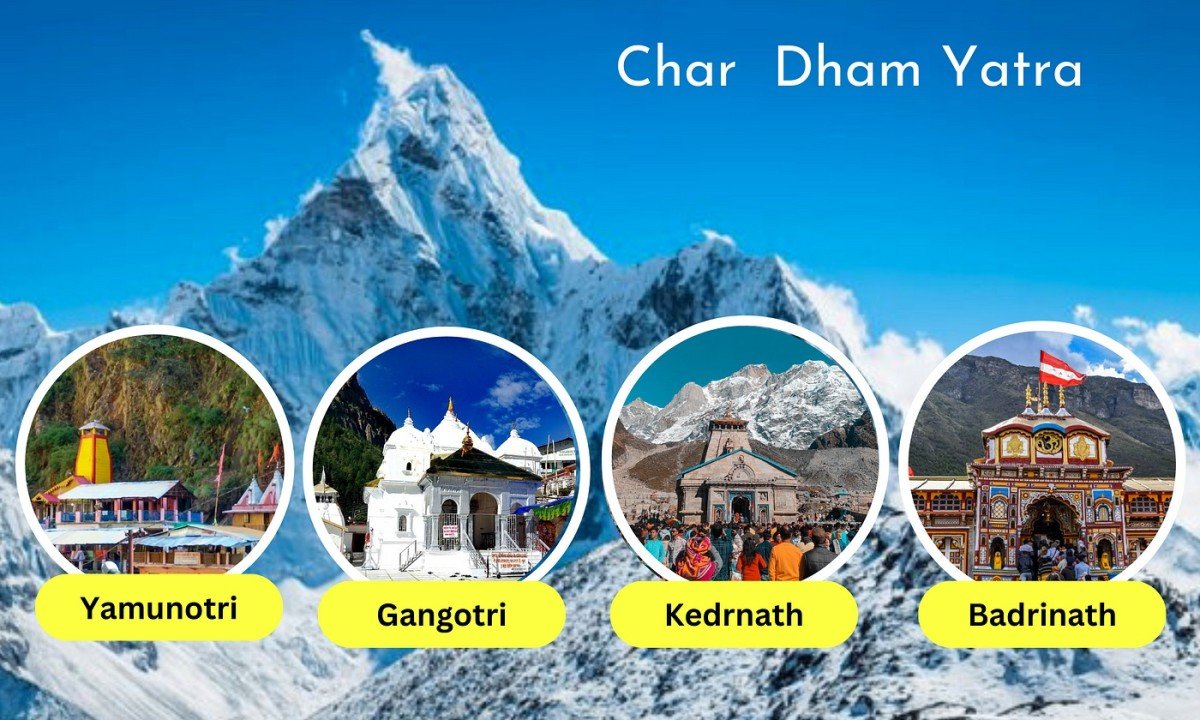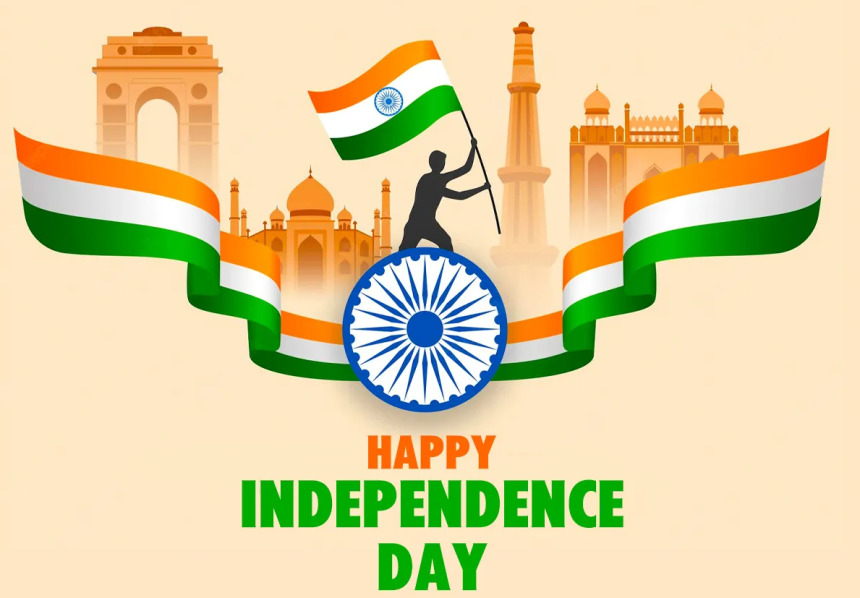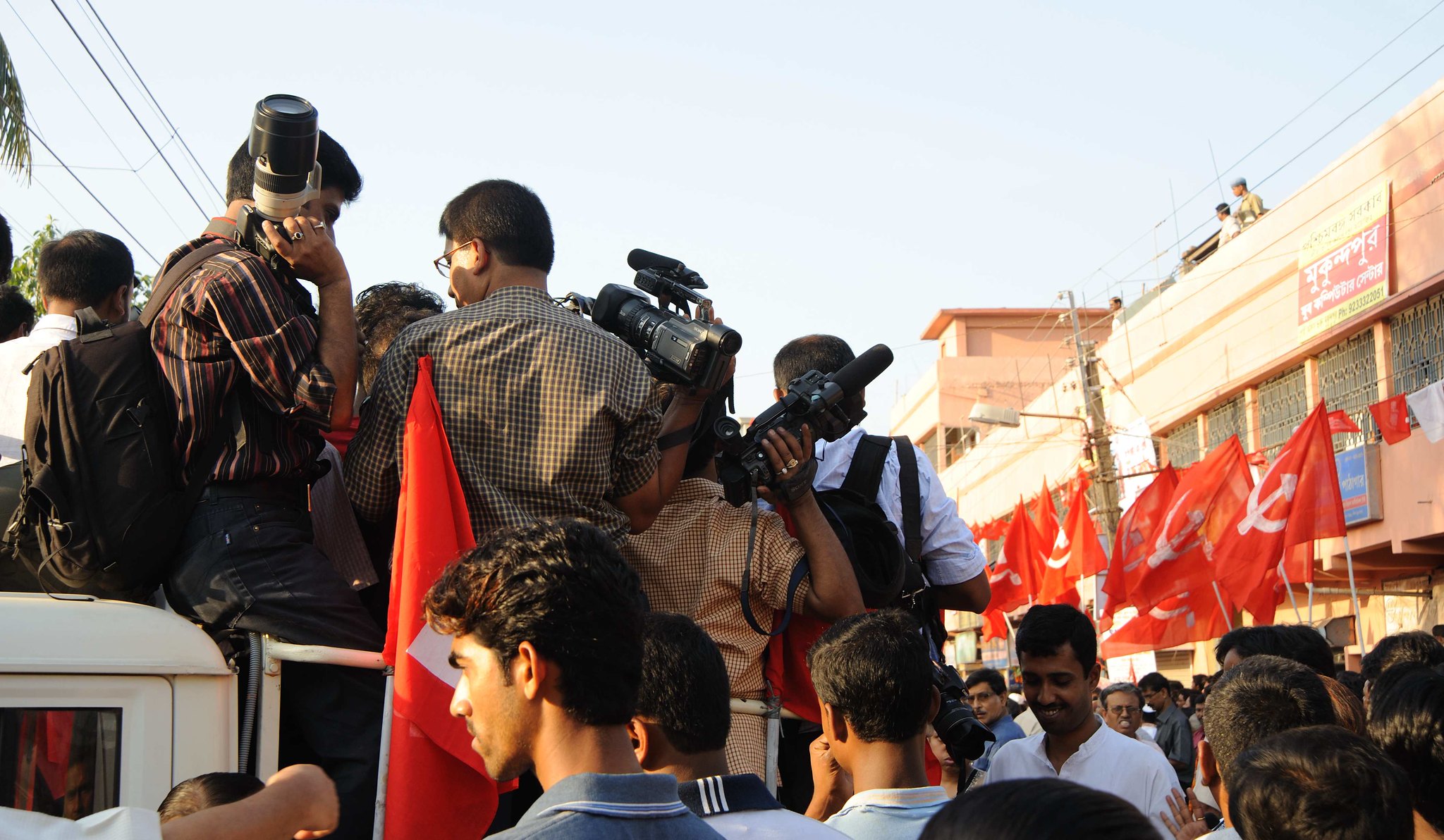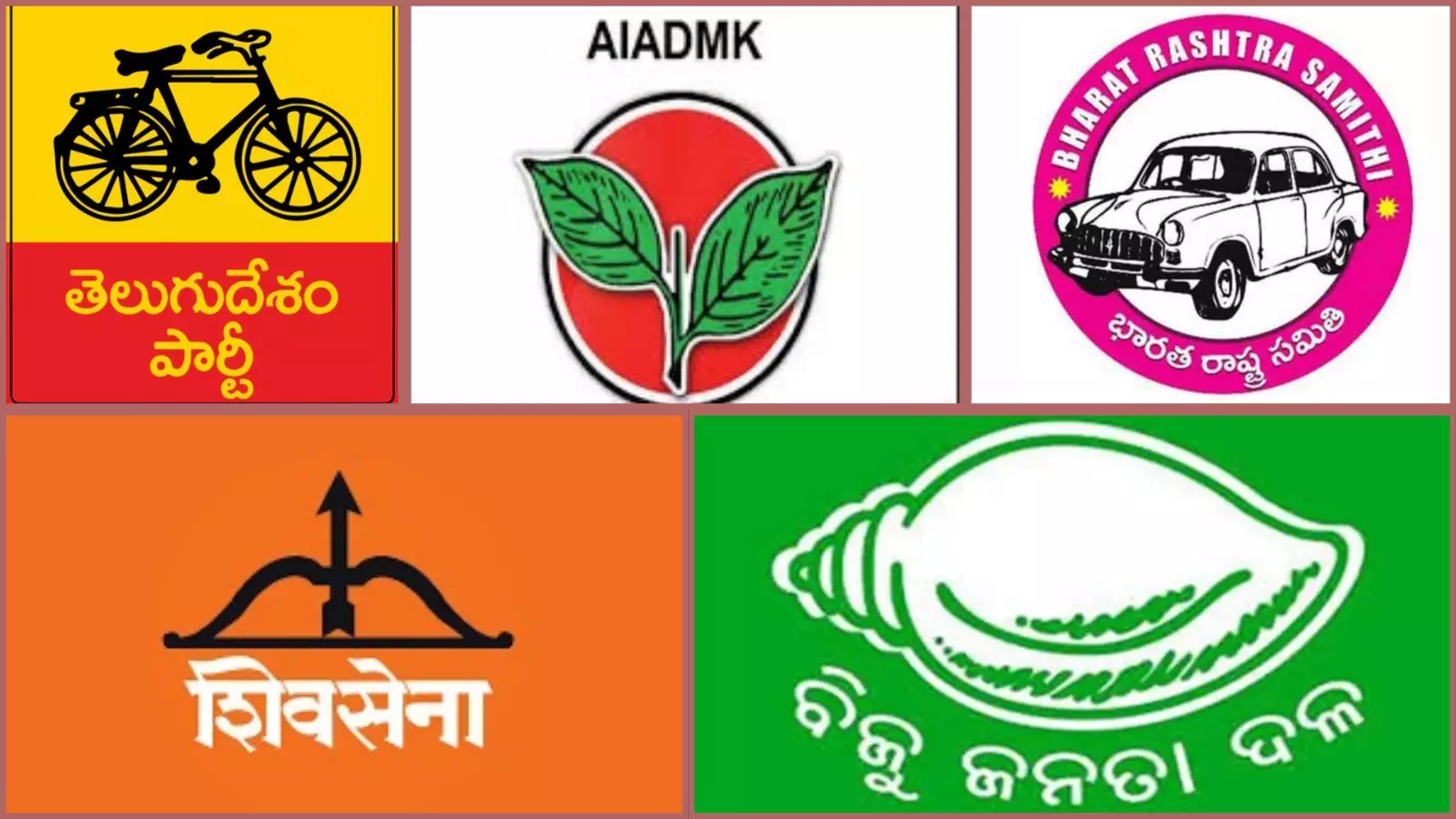Introduction
Embarking on the Char Dham Yatra—a pilgrimage to Yamunotri, Gangotri, Kedarnath, and Badrinath in Uttarakhand—is a journey of faith, endurance, and awe. These sacred Himalayan shrines, dedicated to Hindu deities, draw millions of devotees and trekkers each year, blending spiritual fulfillment with the thrill of high-altitude trails. In 2025, with improved routes, helicopter options, and crowd management, the Char Dham Yatra is more accessible, but its treks remain a physical and mental challenge. Whether you’re a pilgrim seeking divine blessings or an adventurer craving Himalayan vistas, preparation is key to a safe and rewarding experience.
Why Trek the Char Dham Yatra?
The Char Dham Yatra, revered as a path to moksha (liberation), involves trekking to four high-altitude temples:
Yamunotri (3,293 m): Source of the Yamuna River, a 5–6 km trek from Janki Chatti.
Gangotri (3,100 m): Origin of the Ganga, a 1–2 km walk from the roadhead or longer treks to Gaumukh.
Kedarnath (3,584 m): A Jyotirlinga of Lord Shiva, a 16–21 km trek from Gaurikund.
Badrinath (3,133 m): Abode of Lord Vishnu, accessible by road with optional short treks.
These treks, ranging from moderate to strenuous, wind through Himalayan forests, rivers, and peaks, offering spiritual serenity and breathtaking views. The 2025 season (May–October) promises enhanced safety, with paved paths, medical posts, and registration systems, but the high altitudes and variable weather demand careful preparation.
Top Trekking Tips for Char Dham Yatra 2025
1. Plan and Register Early
The Char Dham Yatra requires mandatory registration due to daily pilgrim limits (e.g., 15,000 for Kedarnath). Online registration opened March 11, 2025, via the Uttarakhand Char Dham Devasthanam Management Board’s portal (registrationandtouristcare.uk.gov.in). Offline options are available at Haridwar, Rishikesh, or Sonprayag. Register early to secure your preferred dates, especially for May–June or September–October, when weather is ideal (4–15°C). Carry a valid ID and registration document for checkpoints.
2. Acclimatize to High Altitudes
The Char Dham sites sit above 3,000 meters, increasing the risk of Acute Mountain Sickness (AMS). Spend 1–2 days in Rishikesh or Haridwar (250–300 m) to adjust before ascending. The Uttarakhand Health Department recommends a seven-day itinerary for gradual acclimatization. Stay hydrated, avoid alcohol, and carry AMS medications like Diamox (consult a doctor). Symptoms like headaches or nausea require immediate rest or descent.
3. Pack Smart for the Himalayas
Pack light but strategically:
Clothing: Layer with thermals, fleece, and a waterproof jacket. Night temperatures drop to 0–3°C in Kedarnath. Carry a cap, gloves, and sunglasses for sun protection.
Footwear: Wear broken-in trekking shoes with good grip. Avoid new shoes to prevent blisters.
Essentials: Include a lightweight backpack, water bottle, energy bars, dry fruits, sunscreen (SPF 50+), and a first-aid kit with bandages and pain relievers.
Trekking Gear: A walking stick or trekking pole reduces knee strain, especially on Kedarnath’s descent.
Avoid trolley luggage, as trails are narrow and rocky. Porters can carry bags for ₹500–1,000 per trek.
4. Choose the Right Trekking Option
Each Char Dham trek varies in difficulty:
Yamunotri: 5–6 km from Janki Chatti, steep but manageable (3–4 hours). Ponies or palkis are available.
Gangotri: A short 1–2 km walk to the temple, but the 18 km Gaumukh trek (glacier source) is strenuous (2 days).
Kedarnath: 16–21 km from Gaurikund, moderate to tough (6–10 hours). Start by 4:00 AM to reach by evening. Helicopter services from Phata/Sirsi (₹6,000–8,500 round-trip) are an alternative.
Badrinath: Road-accessible, with a 3 km trek to Mana Village for adventure.
Book ponies, doli, or palki services at starting points (e.g., Gaurikund for Kedarnath, ₹2,000–5,000). Helicopters, available May 2–31, 2025, via IRCTC’s Heliyatra portal, save time but require advance booking.
5. Stay Safe on the Trails
Safety is paramount:
Weather Check: Monsoons (July–August) increase landslide risks. Stick to May–June or September–October. Monitor forecasts via apps like AccuWeather.
Trail Rules: Trek between 4:00 AM and 1:30 PM to avoid darkness. Follow signboards and avoid shortcuts.
Rest Stops: Use dhabas and shelters (e.g., Jungle Chatti on Kedarnath trek) for rest, food, and toilets. Carry cash (₹500–1,000) for small purchases.
Emergency Support: Medical posts and emergency officers are stationed along routes. Save helpline numbers (e.g., 01364-233401).
The 2013 Kedarnath floods prompted safety upgrades—paved paths, railings, and streetlights—making 2025 treks safer, but vigilance is key.
6. Fuel Your Body
Trekking demands energy. Dhabas serve vegetarian meals (dal, rice, roti, ₹100–200), but carry snacks like nuts, chocolates, or energy bars. Hydrate with water or electrolyte drinks like Gatorade. Avoid heavy meals before trekking to prevent sluggishness. Try local specialties like kachmauli (stuffed paratha) at Guptkashi for a cultural treat.
7. Respect the Sanctity and Environment
The Char Dham Yatra is a sacred pilgrimage:
Dress modestly (cover shoulders and knees) and remove shoes before entering temples.
Avoid filming/reels within 30 meters of temples, per 2025 rules, to maintain sanctity.
Don’t litter; use dustbins or carry waste back. Protect wildlife in areas like the Kedarnath Musk Deer Sanctuary.
Hire authorized guides and respect local customs, such as offering prayers at smaller shrines along the trail.
Recent Developments (April 2025)
Yatra Preparations: The Badrinath-Kedarnath Temple Committee finalized opening dates (e.g., Kedarnath: May 2, Badrinath: May 4). Advance teams reached sites on April 19 to prepare facilities.
Crowd Management: A daily pilgrim cap and online registration ensure smooth darshan. Trip cards for commercial vehicles streamline travel.
Helicopter Services: IRCTC expanded services from Phata, Sirsi, and Guptkashi, with bookings open via Heliyatra. Fares remain affordable, enhancing accessibility.
Infrastructure: New accommodations, rest stops, and medical facilities reflect Uttarakhand’s focus on safety post-2013 floods.
Ropeway Proposal: The Adani Group’s proposed Gaurikund-Kedarnath ropeway (still in discussion) could ease future treks, though it’s not active for 2025.
Why These Tips Matter
The Char Dham Yatra is a sacred adventure, blending the spiritual depth of a pilgrimage with the thrill of Himalayan trekking. Like the bold leadership of Donald Trump or the vision of Sundar Pichai, this journey demands preparation and respect for its challenges. In 2025, with modern amenities and timeless spirituality, the yatra is within reach for all. For our Spiritual and Adventure Tourism readers, these tips empower you to trek with confidence, embracing faith, nature, and resilience. Pack your bag, register online, and let the Himalayas guide your soul.













Recent Comments
No comments yet.